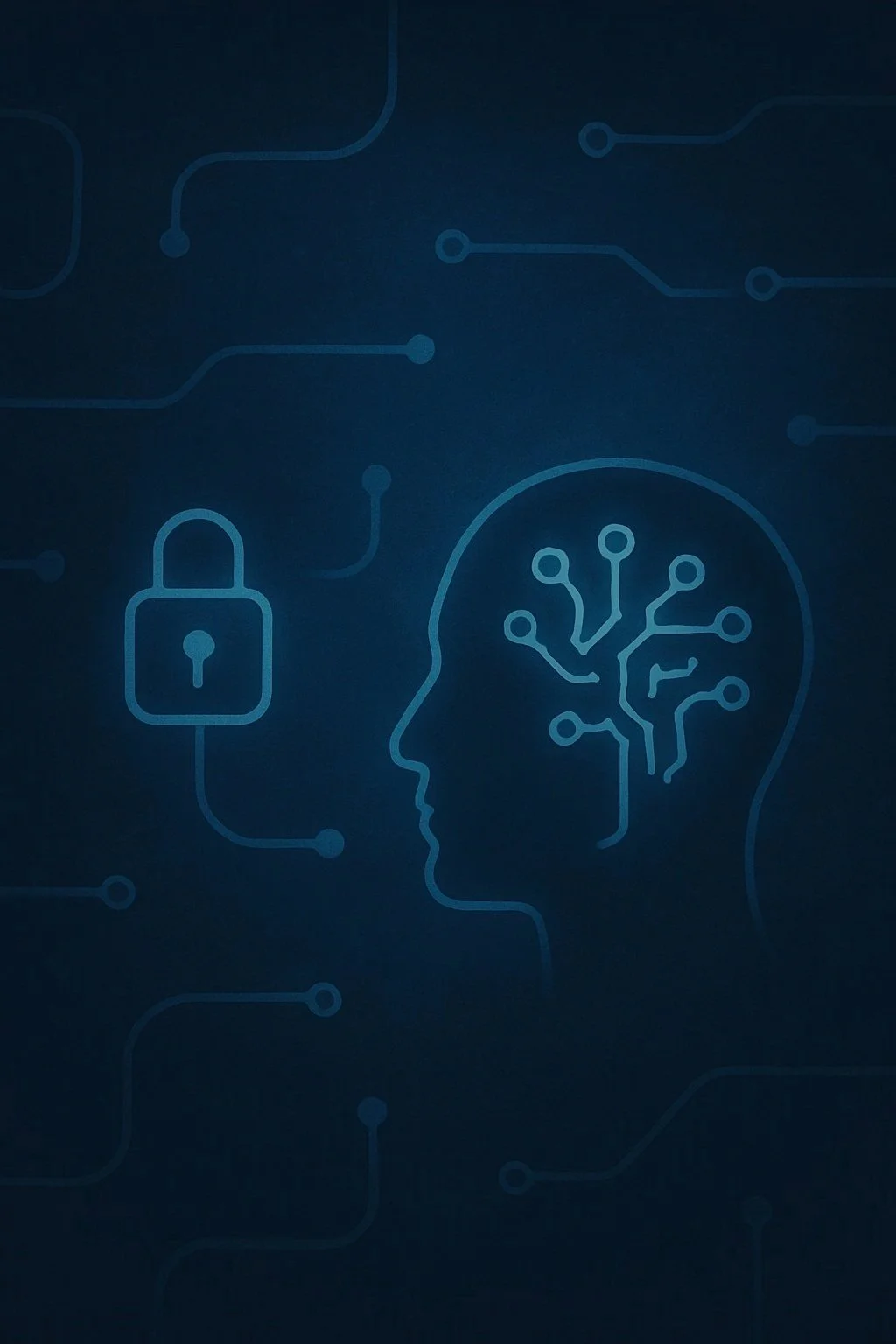The Future of Labor Lab explores how significant future changes—particularly technological shifts, demographic trend, and changes in our physical environment—will reshape labor and the economy, as well as how our beliefs about these changes influence people’s behaviors and policy preferences
Featured Research
New Working Papers and Projects
-
Advancing AI Capabilities and Evolving Labor Outcomes
There’s growing anecdotal evidence and journalistic reporting on workforce reductions and hiring slowdowns attributed to AI, yet empirical research consistent with these reports is sparse.
In our new working paper, we use the Current Population Survey (CPS), one of the best sources of real-time labor market data, to empirically assess this question. We construct occupational AI exposure scores using the latest AI models (ChatGPT 4o and Claude 3.5 Sonnet) and examine how changing AI exposure before and after the release of ChatGPT relates to employment dynamics from 2023 to 2025.
We find emerging evidence that increased AI exposure is associated with employment declines, higher unemployment rates, and in cases, reduction in work hours. These effects appear prominently in the most recent period - suggesting 2025 could be the turning point when AI's systematic negative impacts on the labor market become more visible. -
Proactively Developing and Assisting the Workforce in the Age of AI
As artificial intelligence continues to reshape the labor landscape, policymakers face the dual challenge of mitigating workforce disruptions and leveraging opportunities to enhance productivity and economic growth. To navigate these challenges effectively, this white paper considers a comprehensive and proactive approach across several interconnected areas including data and measurement, education and workforce development, social safety nets, and place-based policies.
This white paper examines the impacts of AI on labor markets, identifies critical policy gaps, and proposes policy options to proactively manage labor market disruptions and maximize economic opportunities. It is the outcome of a workshop on AI and labor policy
-
AI & Labor Policy Workshop
March 11, 2025, Keough School of Global Affairs Washington Office
In response to these shifts, education and workforce development must adapt to meet the demands of a rapidly changing world. Equally important is the need to carefully consider how AI is adopted within organizations, as well as how to govern this integration to ensure a responsible and sustainable approach.




